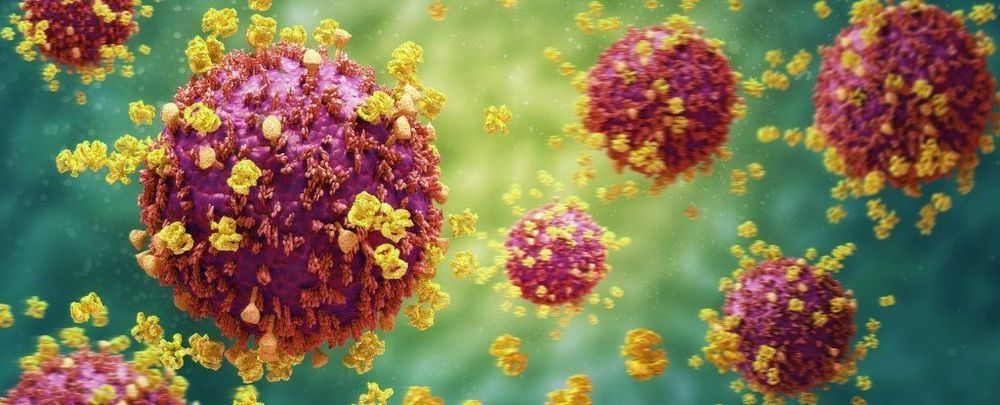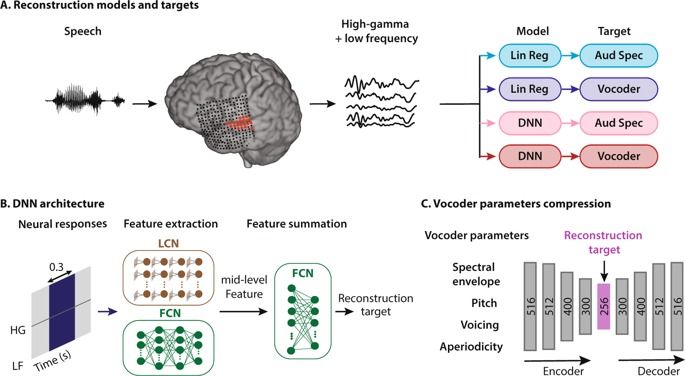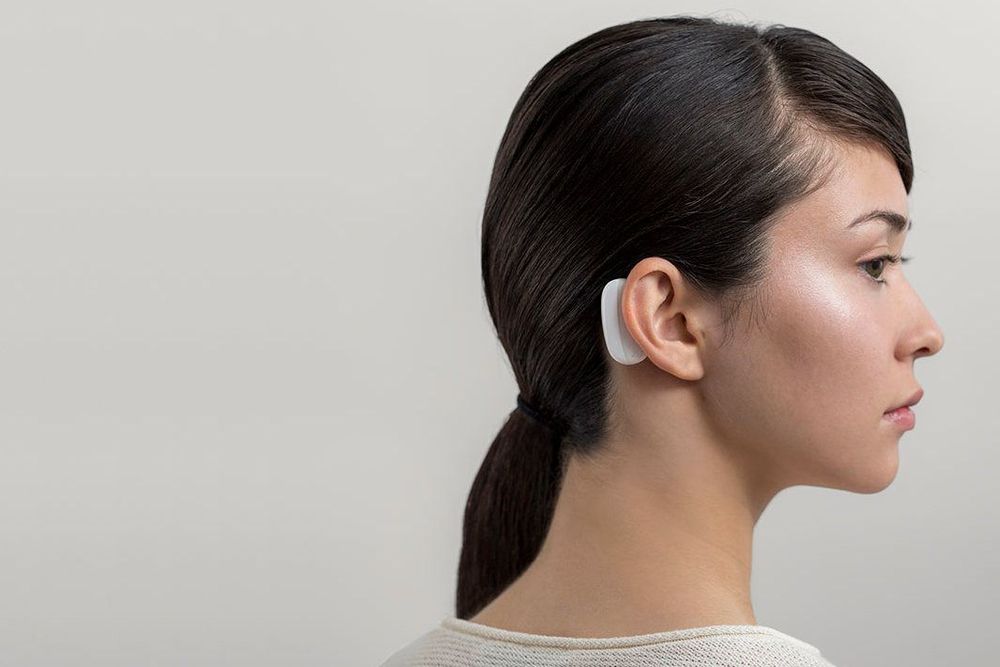Unlike XiaoIce, most of your human friends don’t possess infinite reserves of patience to comfort you if you’re sad or talk about your favorite band.


This restaurant hired robot waiters to serve you your food.

A team at Flinders University in South Australia has developed a new vaccine believed to be the first human drug in the world to be completely designed by artificial intelligence (AI).
While drugs have been designed using computers before, this vaccine went one step further being independently created by an AI program called SAM (Search Algorithm for Ligands).
Flinders University Professor Nikolai Petrovsky who led the development told Business Insider Australia its name is derived from what it was tasked to do: search the universe for all conceivable compounds to find a good human drug (also called a ligand).
Boston Dynamics’ robots get ready to walk the walk.

The internet is rife with myths and articles making dubious claims about certain foods and their anti-cancer properties. We have all seen the articles of questionable scientific merit gracing social media suggesting that such-and-such foods can cure cancer, the majority of which are highly questionable. A new study offers a unique kind of insight into the potential true effectiveness of food in fighting cancer [1].
Investigating molecules in food with machine learning
There is no doubt that there are many foods that contain a myriad of active molecules, and perhaps some of these food myths may have a grain of truth to them. A team of researchers decided to do some real myth-busting and put a variety of bioactive molecules found in foods to the test to see if they might potentially help to combat cancer.

Auditory stimulus reconstruction is a technique that finds the best approximation of the acoustic stimulus from the population of evoked neural activity. Reconstructing speech from the human auditory cortex creates the possibility of a speech neuroprosthetic to establish a direct communication with the brain and has been shown to be possible in both overt and covert conditions. However, the low quality of the reconstructed speech has severely limited the utility of this method for brain-computer interface (BCI) applications. To advance the state-of-the-art in speech neuroprosthesis, we combined the recent advances in deep learning with the latest innovations in speech synthesis technologies to reconstruct closed-set intelligible speech from the human auditory cortex. We investigated the dependence of reconstruction accuracy on linear and nonlinear (deep neural network) regression methods and the acoustic representation that is used as the target of reconstruction, including auditory spectrogram and speech synthesis parameters. In addition, we compared the reconstruction accuracy from low and high neural frequency ranges. Our results show that a deep neural network model that directly estimates the parameters of a speech synthesizer from all neural frequencies achieves the highest subjective and objective scores on a digit recognition task, improving the intelligibility by 65% over the baseline method which used linear regression to reconstruct the auditory spectrogram. These results demonstrate the efficacy of deep learning and speech synthesis algorithms for designing the next generation of speech BCI systems, which not only can restore communications for paralyzed patients but also have the potential to transform human-computer interaction technologies.

How might the application of artificial intelligence enhance the experience and reach of electronic gaming and gambling?
Over the next few years, the internet gaming business could be transformed completely as artificial intelligence (AI) enters the scene. At its core, AI is a type software or hardware that learns—and it could be programmed to learn mostly about us, its users and those insights could drive the developments of new, hyper-personalised gaming and internet betting experiences. The technology is being applied to learn our habits, our likes, and our relationship patterns. Just as Netflix uses an algorithm to suggest films you might watch, the concept of personalisation is extending to the idea of “Lifestyle AI” applications that could help choose your entertainment, gaming choices, wardrobe, your next meal, your job, and romantic partner. Take this one natural step further, and we enter the domain of mass tailoring of gaming and betting experiences.
While it all sounds a bit like science fiction, the capabilities of AI tools and the range of applications are growing exponentially. Indeed, by 2020 AI could be present in some form in everything we do, and by 2030, AI is likely to have infiltrated our lives in much the same way as smartphones, the internet, and global travel are now taken for granted. So how might AI change our recreational habits and day-to-day existence in a way that might affect e-gaming? Here are eight novel ways internet betting could be different in future as a result of AI.


